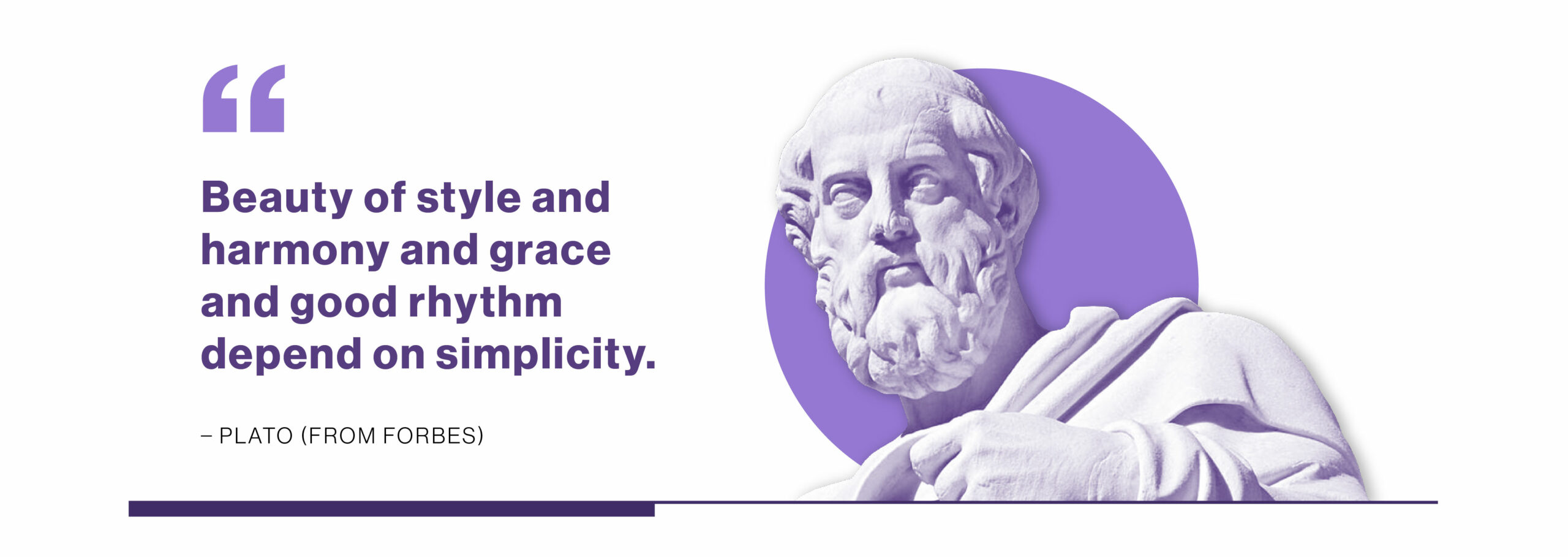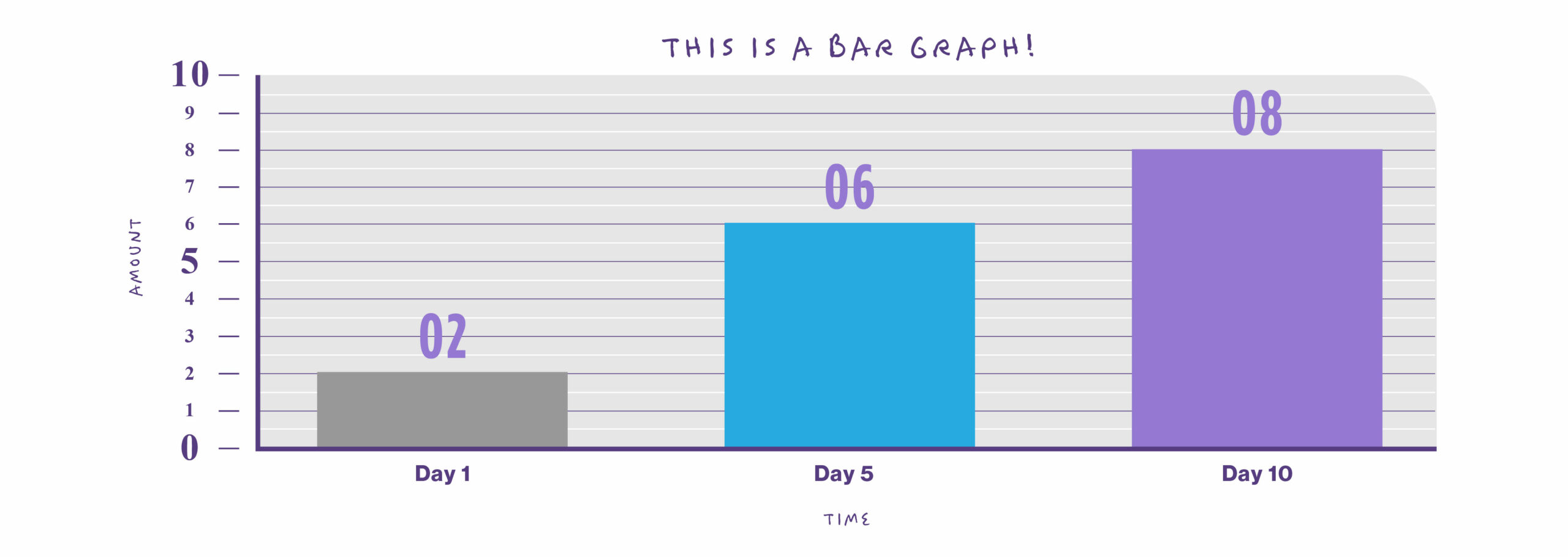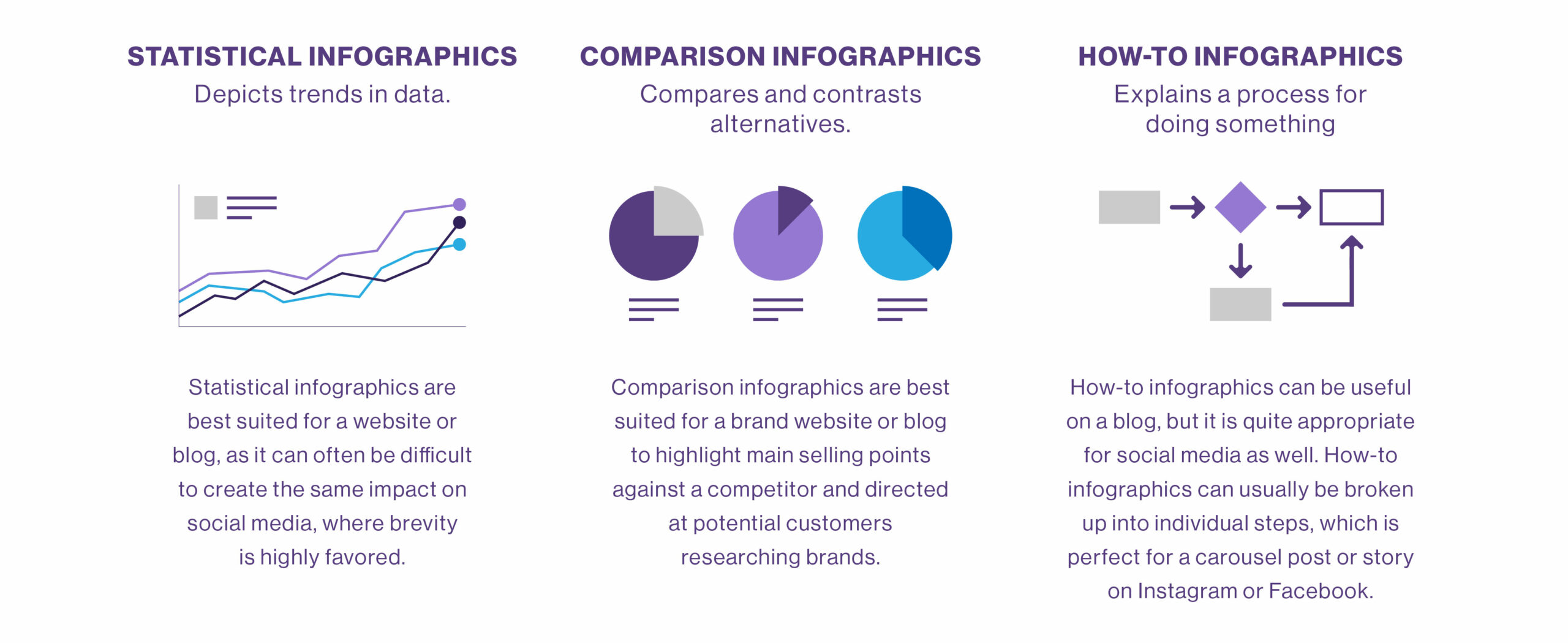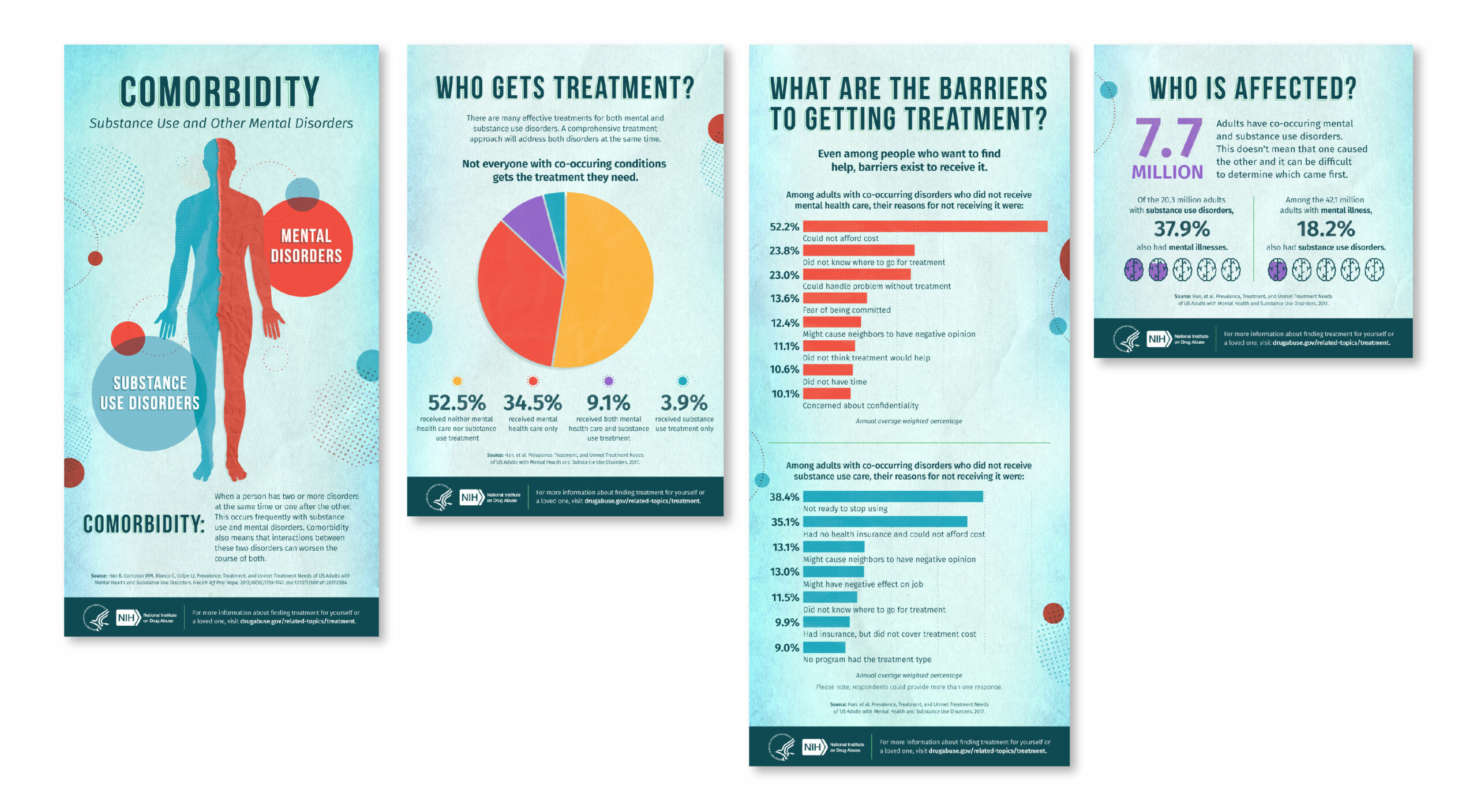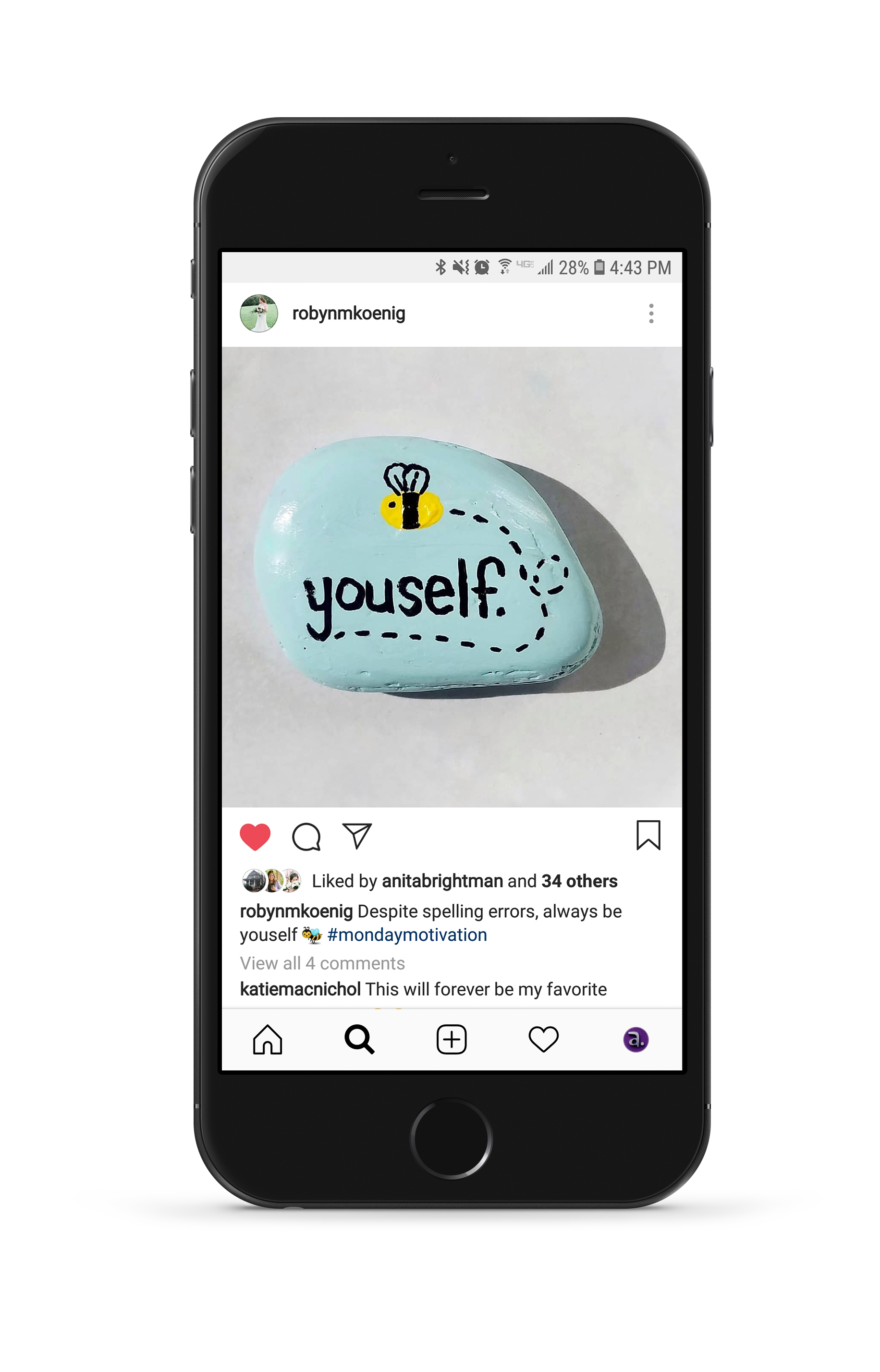Brian Lobsinger, our senior director of creative strategy, boasts a career spanning every corner of the visual space in marketing and communication. From pre-press production in a print shop to advertising and marketing to software UX design and web development, he has experience aplenty—more than 40 years’ worth.
Yet, no matter how technology evolves, no matter which tactics and techniques come and go, he’s quick to tell you the principles of an effective creative strategy remain the same regardless of the medium or complexity of the project.
Two that jump out right away: knowing the audience and consistency.
It’s those fundamentals Brian uses to steer the creative development at A. Bright Idea. We’re lucky that we get to talk to him daily. We want to share some of his insights you might find interesting.
Brian, thanks for taking the time to chat.
Of course, happy to take a quick break.
You’ve been around. You’ve held many roles in the creative and branding space. So, let’s start with what you think are the main elements of creative strategy and brand development.
First and foremost, always determine your audience and get to know them. It may seem rudimentary, but I can’t tell you how often that gets skipped. Misalignment of verbal and visual messaging or speaking to the wrong audience causes a campaign to fall on deaf ears. One of our main goals is to create a bond with the audience member and try to make that person a brand ambassador. If what we say isn’t clear, we’ve missed that opportunity.
You’re a big hockey fan, yeah?
Yes, I am indeed!
Okay, so, here’s a curveball question: What can the average person learn about creative strategy by watching hockey?
I thought this question was going to be a tricky one. This brings up one of the other major principles of brand development, or all design really, which is consistency. The fundamental mechanics of hockey—skating, passing, shooting, etc.—need to be consistent. They become muscle memory for players. Once your fundamentals are strong (and consistent), it frees you up to exercise your creativity. It’s the same for design, if you have a solid process in place to dissect the situation, you can focus on the fun part of exploring new and creative solutions whether along the boards or on a billboard.
That hockey analogy is also useful for another thing that has been consistent throughout my career: situational awareness. No matter how well you know the audience, your team always needs to consider special circumstances and other factors influencing decisions.
I’d say this is one of the cooler things about design. Even if the end goal of two projects is categorically the same, the results will look different because of the details such as audience, preferences, budget, etc. This is what makes what we do fun and usually challenging but never boring.
What’s one thing in all the design work you’ve done that stuck with you?
In one of my first design jobs out of college, I learned how important it is to be able to distill the essence of a company or organization into something visual that conveys meaning at a glance. And, at the same time, I also learned that you absolutely need to disassociate your ego from your design (work). Looking at it objectively will help you remove your personal bias, hopefully making it easier to explore fresh ways to approach your work in general.
What exercises do you use with the visual team to build a brand identity?
Well, for me, the visual side of branding starts with words, ironically. We brainstorm words that can represent the essence of the client, its mission, products, values, etc., to set a direction. It’s basically a word association game we play together. It gets everyone thinking about the brand and helps make that “blank” sheet of paper that we all must start with a little less intimidating.
In the context of design strategy, what does “staying on the cutting edge” mean to you?
It’s a double-edged sword. Technology and technique-wise, our team always stays at the forefront. From a design perspective, though, it’s sometimes best not to be too edgy. If your client is an investment bank, it’s probably wise to convey a slow-and-steady, trustworthy identity. Again, it all comes down to your audience and their needs.
What have you learned while working at A. Bright Idea?
Working with this fantastic team has helped me stabilize my process. Projects change, and over the years so has technology. But A. Bright Idea is a believer in process. I appreciate our methodical, strategic approach to finding alternative solutions to design needs. And although I still use everything I’ve learned in my career up to this point, one of the great things is that no two projects are ever the same. So we always have opportunities to learn and explore our creativity.
Connect with us to gain more insights from Brian and others on our team by emailing info@abrightideaonline.com.

